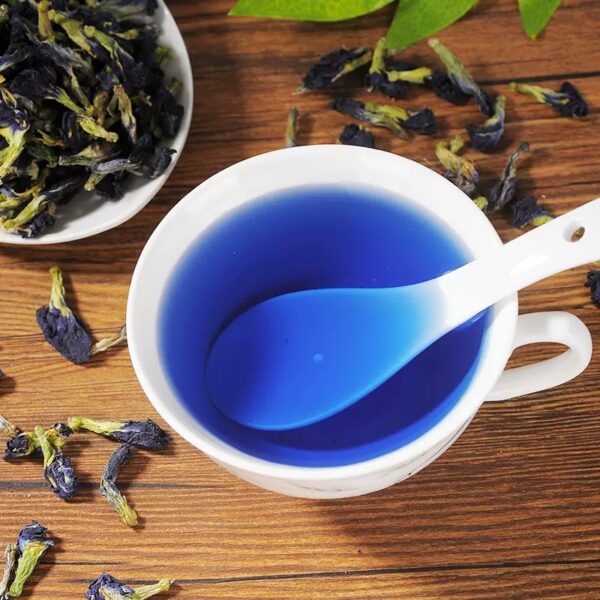Blue Tea: A Refreshing and Unique Beverage

# Blue Tea: A Refreshing and Unique Beverage
## What is Blue Tea?
Blue tea, also known as butterfly pea flower tea, is a caffeine-free herbal infusion made from the dried petals of the Clitoria ternatea plant. This vibrant blue beverage has been consumed for centuries in Southeast Asia and is gaining popularity worldwide for its stunning color and potential health benefits.
## The Origin of Blue Tea
Native to tropical regions of Southeast Asia, the butterfly pea plant has been used in traditional medicine and cooking for generations. The tea is particularly popular in:
– Thailand
– Malaysia
– Vietnam
– Indonesia
In these countries, blue tea is not just a drink but also an important part of cultural traditions and ceremonies.
## Why is Blue Tea Blue?
Keyword: blue tea
The striking blue color comes from anthocyanins, powerful antioxidants also found in blueberries and blackberries. What makes blue tea particularly fascinating is its ability to change color:
– Naturally deep blue when brewed
– Turns purple when lemon juice is added
– Becomes pink when hibiscus is mixed in
This color-changing property makes it a fun and interactive beverage for parties and special occasions.
## Health Benefits of Blue Tea
Beyond its visual appeal, blue tea offers several potential health benefits:
1. Rich in antioxidants that may help combat free radicals
2. May support brain health and cognitive function
3. Could help regulate blood sugar levels
4. May have anti-inflammatory properties
5. Often used as a natural stress reliever
## How to Prepare Blue Tea
Making blue tea is simple:
1. Boil water and let it cool slightly (about 90°C/194°F)
2. Add 5-7 dried butterfly pea flowers to a cup
3. Pour hot water over the flowers
4. Steep for 5-7 minutes
5. Remove the flowers and enjoy
For a refreshing iced version, let the tea cool and serve over ice with a slice of lemon.
## Creative Ways to Enjoy Blue Tea
Blue tea’s versatility extends beyond simple brewing:
– Use it as a natural food coloring for rice, desserts, or cocktails
– Create layered drinks by taking advantage of its pH-sensitive color changes
– Mix with other herbal teas for unique flavor combinations
– Freeze into ice cubes for colorful additions to other beverages
## Where to Find Blue Tea
Blue tea is becoming increasingly available:
– Specialty tea shops
– Health food stores
– Online retailers
– Some Asian grocery stores
Look for organic, high-quality dried butterfly pea flowers for the best flavor and color.
## Final Thoughts
Blue tea offers a unique combination of visual appeal, potential health benefits, and versatility. Whether you’re looking for a caffeine-free alternative to traditional teas, a natural way to add color to your culinary creations, or simply want to try something new, blue tea is worth exploring. Its mild, slightly earthy flavor serves as an excellent canvas for creative mixology and culinary experimentation.